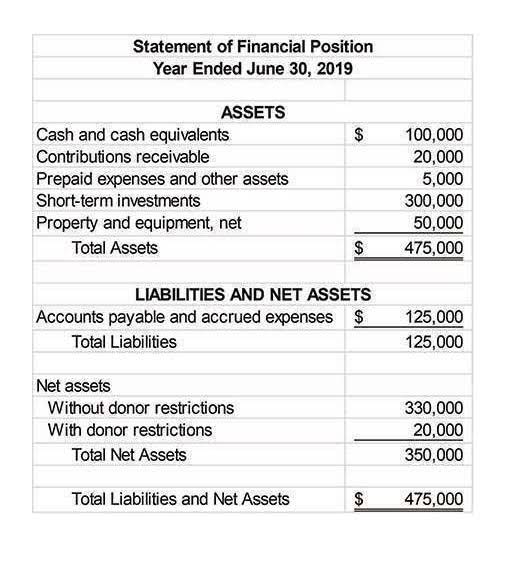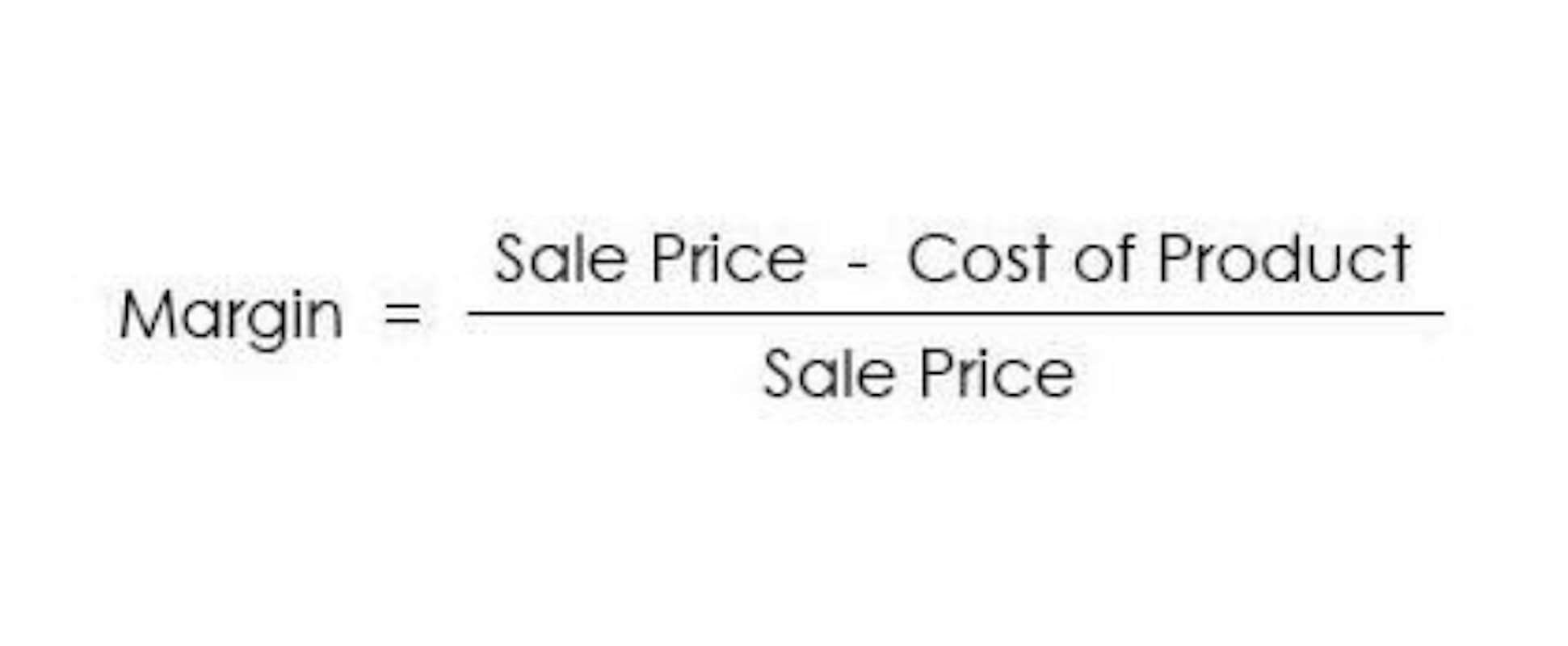Staying proactive with tax planning can help mitigate potential liabilities. This includes taking advantage of tax credits, deductions, and other incentives offered by tax laws. By understanding these aspects, individuals and businesses can more effectively navigate the distinctions between tax evasion and avoidance while ensuring compliance.
- They can provide advice tailored to specific financial situations, minimizing the risk of non-compliance.
- They were also ordered to repay £20m or face another 39 years behind bars and still owe the money.
- Also, the penalties and prosecution procedures are liberal, which result in gaps for tax avoidance and tax evasion.
- We’ll also touch on the ethical considerations of tax avoidance, and why it can be a grey area even when it’s within the law.
Tax Avoidance vs. Evasion: Legal Strategies and Key Differences
As governments grapple with rising public debts and demands for more equitable taxation systems, future regulations may increasingly prioritize transparency and fairness. There is a heightened focus on addressing perceived loopholes that facilitate tax avoidance, prompting calls for reform in taxation laws. Penalties for tax evasion often include substantial fines and interest on unpaid taxes. For corporations, the repercussions can extend to criminal charges against key executives, leading to imprisonment in severe cases.
Collaborative efforts ensure a more equitable tax system, aligning global regulations with modern economic realities. Tax avoidance, on the other hand, is transparent and follows a clear paper trail. Avoidance strategies, such as investing in tax-free bonds or using retirement accounts, are openly declared on tax returns, making them easily verifiable by tax authorities. HMRC actively challenges tax avoidance schemes and can introduce new legislation to close them down. Engaging in such schemes can be risky, as if they are defeated by HMRC in court, you could be left with a very large tax bill plus interest. Proposals to the Tax Code often attempt to simplify the process by flattening tax rates and removing many tax avoidance provisions.
Properly accounting for costs like building maintenance or travel expenses ensures that every claim is substantiated and lawful. Tax avoidance underscores the importance of meticulous planning and preparation to achieve compliance without crossing into illegality. Tax evasion and tax avoidance may sound similar, but the IRS states that their consequences are vastly different. Rooted in the distinction between legality and compliance, understanding these outcomes is crucial for all taxpayers.
- Ethical tax practices are essential for maintaining financial transparency, adhering to legal obligations, and promoting fairness in the tax system.
- Conversely, tax avoidance strategies operate within legal frameworks, allowing entities to reduce tax obligations without infringing on laws.
- Tax evasion and tax avoidance are critical concepts in tax law, often mistaken for one another despite their significant differences.
- Learn how to spot tax evasion and report it confidentially in this guide by Skillcast.
Plus, you’ll also be responsible for covering the costs of prosecution. GST was introduced in India on July 1, 2017, and it has brought about a significant change in the indirect tax landscape of the country. GST is a major step towards creating a unified common market for goods and services in India. Here we provide you with the top 4 differences in Tax Evasion vs. Tax Avoidance. The AMLC has emphasised that institutions must adopt a risk-based and technology-driven approach, aligning with FATF standards.
Consequences of Tax Evasion 🏴☠️
She makes a deal with her parents that if she drinks a veggie smoothie in the morning, she doesn’t have to eat her veggies at dinner. So, whether your company is in one of these high-risk businesses or not, it’s good to conduct a risk assessment to identify the individuals who might risk tax evasion through their actions. They were penalised because HMRC deemed this an “aggressive” tax avoidance scheme.
Tax Evasion Vs. Tax Avoidance: What’s The Difference?
Tax evasion, on the other hand, is the illegal act of deliberately misrepresenting financial information to reduce tax liability. It involves hiding income, inflating deductions, underreporting earnings, or engaging in fraudulent activities to avoid paying taxes that are legally owed. Tax avoidance refers to the legal use of strategies to minimize tax liability. This is done by taking advantage of loopholes, deductions, credits, and legal tax planning strategies allowed by the tax code. Many businesses and individuals engage in tax avoidance to keep more of their earnings while staying within the bounds of the law. Tax avoidance refers to the strategic use of legal methods to minimize tax liability.
Consequences of Tax Evasion and Tax Avoidance
With the right technology, any institution can achieve world-class fraud prevention. Authorised push payment (APP) fraud, romance scams, and investment scams are increasing, often leaving customers with little recourse once funds are gone. Through the AFC Ecosystem, FinCense benefits from shared typologies contributed by experts across the region. Malaysian banks gain early warning on risks first seen in neighbouring markets.
Conversely, tax avoidance strategies operate within legal frameworks, allowing entities to reduce tax obligations without infringing on laws. When it comes to taxes, knowing the difference between tax avoidance and tax evasion is crucial for staying compliant while maximizing deductions. While both terms involve reducing tax liability, one is a legal strategy, while the other is a serious crime with severe consequences. Understanding these distinctions can help individuals and businesses make informed financial decisions.
While some admire individuals or companies for legally reducing their tax burdens, others criticize them for exploiting laws to avoid contributing their fair share to society. While tax evasion violates legal frameworks, tax avoidance stays within the boundaries of legality, offering a legitimate way to optimize financial planning. In contrast to tax evasion, tax avoidance is often equated with good tax planning. Tax avoidance involves shaping or planning your finances to reduce or eliminate tax liability by legitimate means, according to the IRS. Tax avoidance involves using legal strategies to lower your tax liability.
One notable case involves a celebrity who evaded taxes by failing to report significant income. This deliberate action led to severe legal repercussions, including hefty fines and imprisonment, illustrating the serious consequences of tax evasion. In contrast, a well-known multinational corporation utilized legal loopholes for tax avoidance, significantly reducing its tax liability while adhering to the law. It involves utilizing provisions within the tax code—such as deductions, credits, and exemptions, to lower taxable income. For instance, contributing to retirement accounts, claiming allowable business expenses, or investing in tax-efficient instruments are common tax avoidance strategies.
This approach allowed the company to efficiently reduce its overall tax tax evasion vs tax avoidance burden while remaining compliant with legal norms. Additional consequences may include heightened scrutiny from regulatory bodies. Organizations caught evading taxes often face enhanced audits and investigations, disrupting normal business operations. The financial and operational stress can lead to long-term impacts on profitability and market position.
Red Flags Uncovered: The Power of Suspicious Transaction Monitoring in Philippine Banking
Every individual who contributes to an employer-sponsored retirement plan or invests in an individual retirement account (IRA) is engaging in tax avoidance. The alternative to claiming the standard deduction is to tally up every itemized, tax-deductible expense you paid during the tax year and enter them all on Schedule A of your tax return. But this is only advantageous if the total amount is more than the standard deduction you qualify for. The principle established in the Ramkanth Gandhi case has been applied in numerous subsequent cases. The Income Tax Act of India is a comprehensive piece of legislation that governs the levy and collection of income tax in India.
As corporations continue to influence tax legislation, their role entails balancing fiscal responsibility with ethical considerations. Awareness of these dynamics is essential for fostering transparent and compliant corporate practices in an evolving legal environment surrounding taxation. Finally, societal expectations for corporate responsibility are evolving.
Proponents of establishing a flat tax rate argue that it would eliminate the need to pursue tax avoidance strategies but opponents call the flat tax concept regressive. They’re subtracted from what you owe the IRS or other tax authorities after you prepare your tax return and figure out what you owe. Tax deductions are subtracted from your gross income to arrive at your taxable income. Congress and signed into law by the president before they can become part of the U.S. These provisions can then be used for the benefit and relief of taxpayers. It has made it easier for businesses to do business across state borders, and it has led to a reduction in the cost of doing business.



















Recent Comments